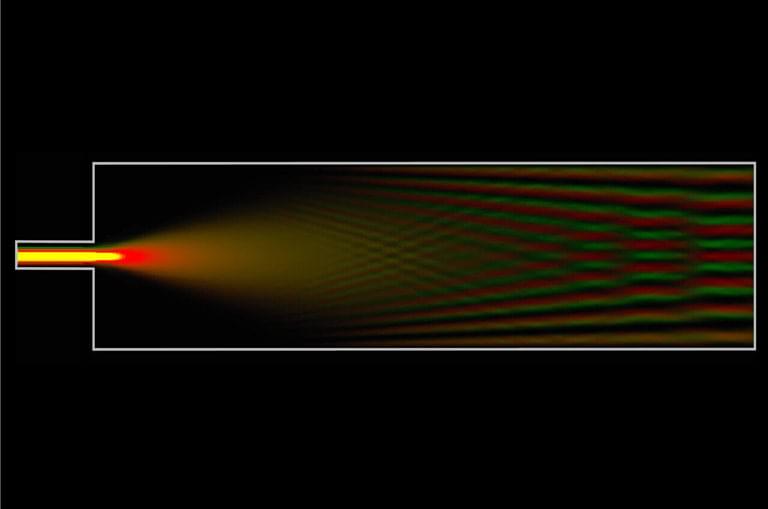The hypothetical tachyon particle could potentially send messages backward in time if it exists.



‘’Exploring black holes’’ by Wheeler and Taylor.
A primer on black holes and general relativity.
https://pubs.aip.org/aapt/ajp/article/89/1/121/1045741/Exploring-Black-Holes
The first edition of Exploring Black Holes: Introduction to General Relativity, authored by Oersted Medal winner Edwin Taylor and foremost relativist John Archibald Wheeler, offered a concise, directed examination of general relativity and black holes. Its goal was to provide tools that motivate students to become active participants in carrying out their own investigations about curved spacetime near Earth and black holes. To that end, the book used calculus and algebra, rather than tensors, to make general relativity accessible to second-and third-year students.
In this second edition — labeled EBH2e — coauthor Edmund Bertschinger joins Edwin F. Taylor to revise and expand the first edition. The text uses the properties of non-spinning and spinning black holes to introduce Albert Einstein’s theory of curved spacetime and applies the resulting general relativity to the Universe around us.
There is no published hard copy textbook of EBH2e. Instead, you may freely download the online version through the links below for personal and class use. For full details, download the README file below.
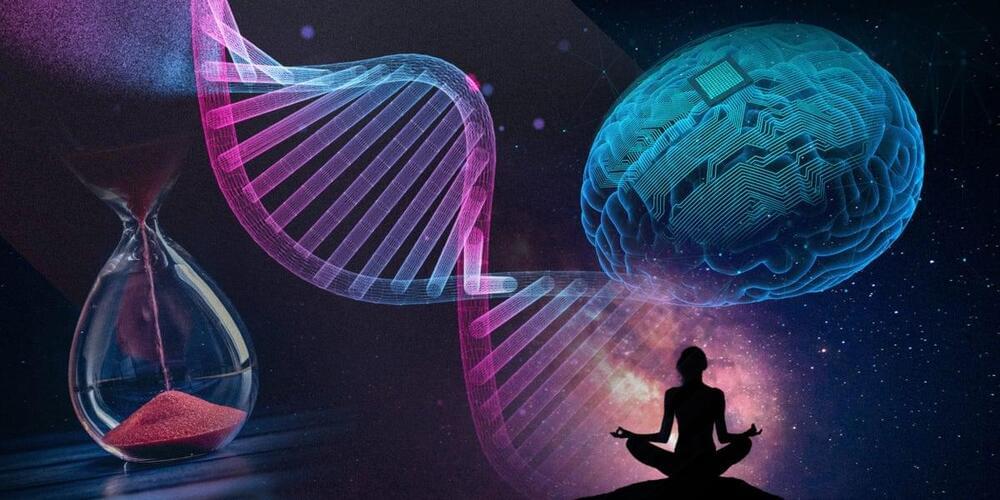
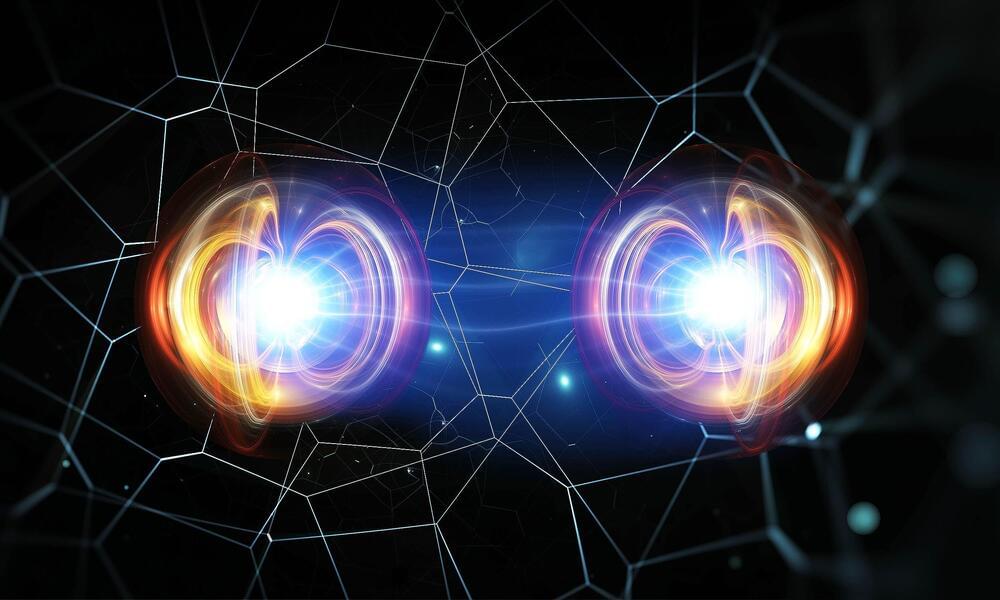
These scientists aren’t focused on the existence of quantum entanglement, but are keen on uncovering how it begins — how exactly do two particles become quantum entangled?
Using advanced computer simulations, they’ve managed to peek into processes that happen on attosecond timescales — a billionth of a billionth of a second.
Quantum entanglement is a strange and fascinating phenomenon where two particles become so interconnected that they share a single state.
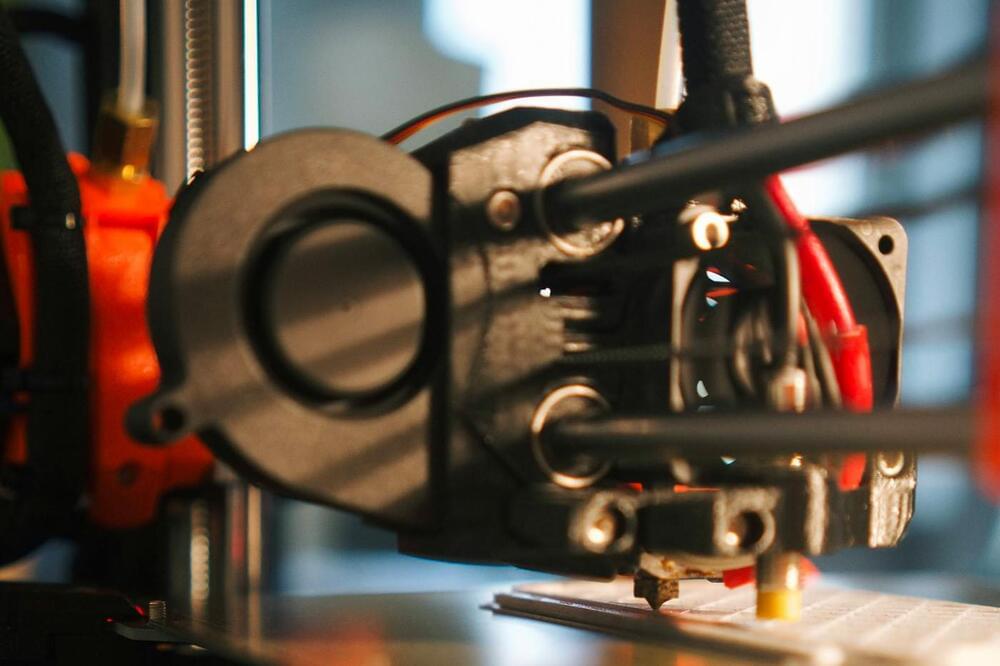
Researchers at MIT have unexpectedly stumbled upon a way to 3D print active electronics – meaning transistors and components for controlling electrical signals – without the use of semiconductors or even special fabrication technology.
That goes far beyond what we can currently do with 3D printers. And if perfected, this method could eventually spell the beginning of a new wave in prototyping, experimentation, and even DIY projects for tinkerers at home.
With 3D printing, any of a range of materials including thermoplastic filaments, resin, ceramic, and metal, are laid down in successive thin layers to form a three-dimensional object. That means you can print all kinds of things, from action figures to jewelry to furniture to buildings.

By Chuck Brooks & Dr. Thomas A. Cellucci, MBA
Co-written by Chuck Brooks and Dr. Thomas A. Cellucci, MBA
Verticals that will be most impacted by innovative developments in technology and science are the disciplines of medicine, biotechnology, and health. Those industry verticals will see a profound growth of technological innovation in the near future.
Twenty years ago, Craig Venter and Daniel Cohen remarked, “If the 20th century was the century of physics, the 21st century will be the century of biology.” Since then, there have been some amazing advances in the fields of biotechnology and bioscience, with the promise of even more astounding breakthroughs to come. Over the past decade, we have seen significant strides in artificial intelligence, with radical long-term implications for every human endeavor. And now the convergence of the fields of physics, biology, and AI promises a far greater impact on humanity than any one of these fields alone. Even though a path to successfully integrating these fields exists, it is neither easy nor clear cut—but if done correctly, will revolutionize medicine and human health.
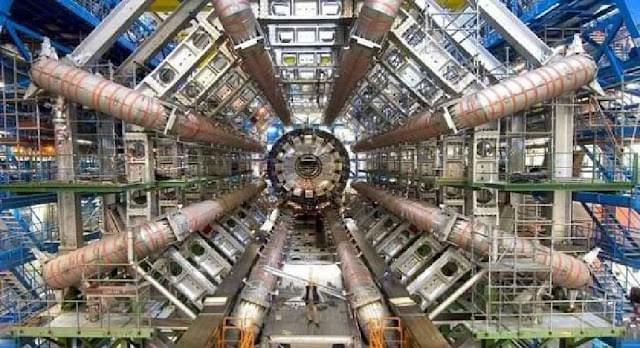
T he astoundingly complex LHC “atom smasher” at the CERN center in Geneva, Switzerland, are fired up to its maximum energy levels ever in an endeavor to identify — or perhaps generate — tiny black holes.
If successful a very new universe is going to be exposed – modifying completely not only the physics books but the philosophy books too.

